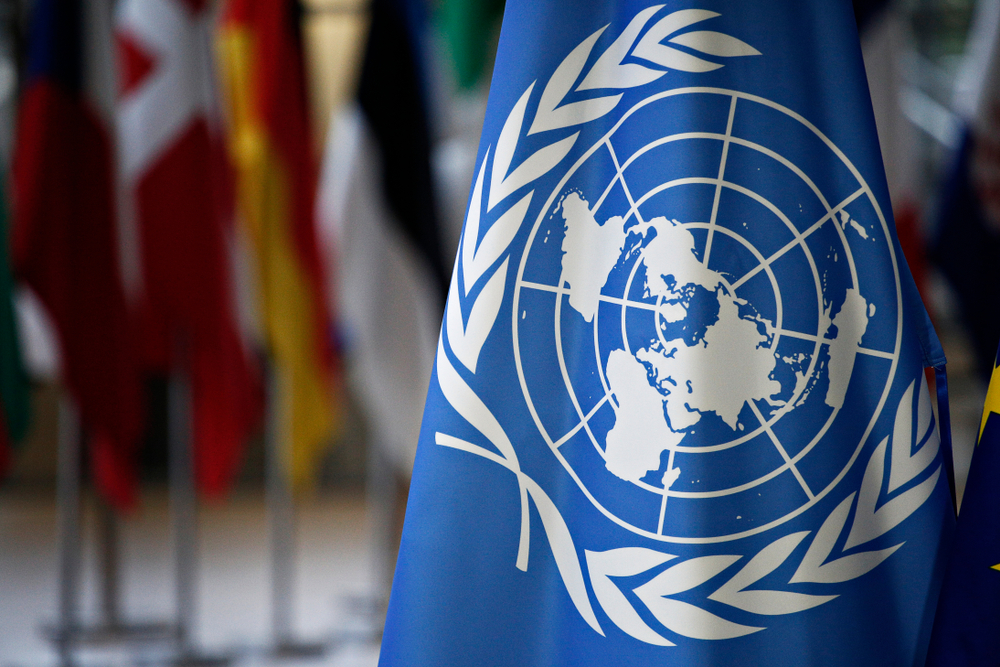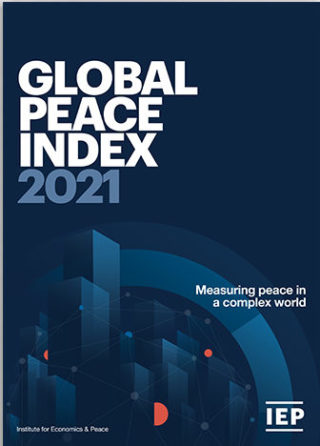Today marks the 40th anniversary of the first celebration of the United Nations’ International Day of Peace.
The day was established by the United Nations General Assembly in 1981 as to commemorate and strengthen the ideals of peacefulness and specifically the absence of war and violence.
In 1987, the decision was made to mark the day at the United Nations Headquarters in New York with a ceremonious ringing of the Peace Bell each year. The bell was gifted by UN Japan and is cast from coins donated by children from almost all continents.
It serves as “a reminder of the human cost of war” and has an inscription on the side reading “Long live absolute world peace”.
The General Assembly unanimously voted in 2001 to designate the Day as a period of non-violence and cease-fire, and officially set 21 September as the date for Peace Day.
One of the particularly notable years was in 2009, when the year was marked as the International Year of Reconciliation.
In particular, promoted “Tak[ing] Action for a World Free of Nuclear Weapons”, raising awareness around the costs and dangers of nuclear weapons, and advocating for non-proliferation and disarmament.
The United Nations in 2015 set 17 Sustainable Development goals to end poverty, protect the planet, and ensure prosperity for all.
Goal 16 is “strengthening institutions, peace and prosperity”.

In 2021, the theme for peace day is centred around ‘recovering better for an equitable and sustainable world’.
As we continue to persevere through the ongoing effects of COVID-19, we must think creatively about how we, as individuals and as a global community, can recover better and build resilience.
Further, we have the opportunity to transform our world into a more equitable, inclusive, just and sustainable one.
For the United Nations, today is an opportunity to “celebrate peace by standing up against acts of hate online and offline, and by spreading compassion, kindness, and hope in the face of the pandemic, and as we recover.

At the Institute for Economics and Peace, we see today as an opportunity to engage a wider audience and encourage discussions around what peacefulness means and how we can build a more sustainable future.
For those who are interested in learning more, the IEP’s Peace Academy is a great place to start.
The free short course introduces the transformational ‘Positive Peace’ framework which is defined by ‘the attitudes, institutions and structures that create and sustain peaceful societies’.
Over the course of 5 modules you’ll learn about the history of peace and how we can sustain peacefulness in human societies.
You can also check out our resource page to find out how you can get involved, and as always, IEP’s reports and resources are completely free and available to everyone.

Download data based peace, conflict and development resources and reports free from Vision of Humanity
Explore